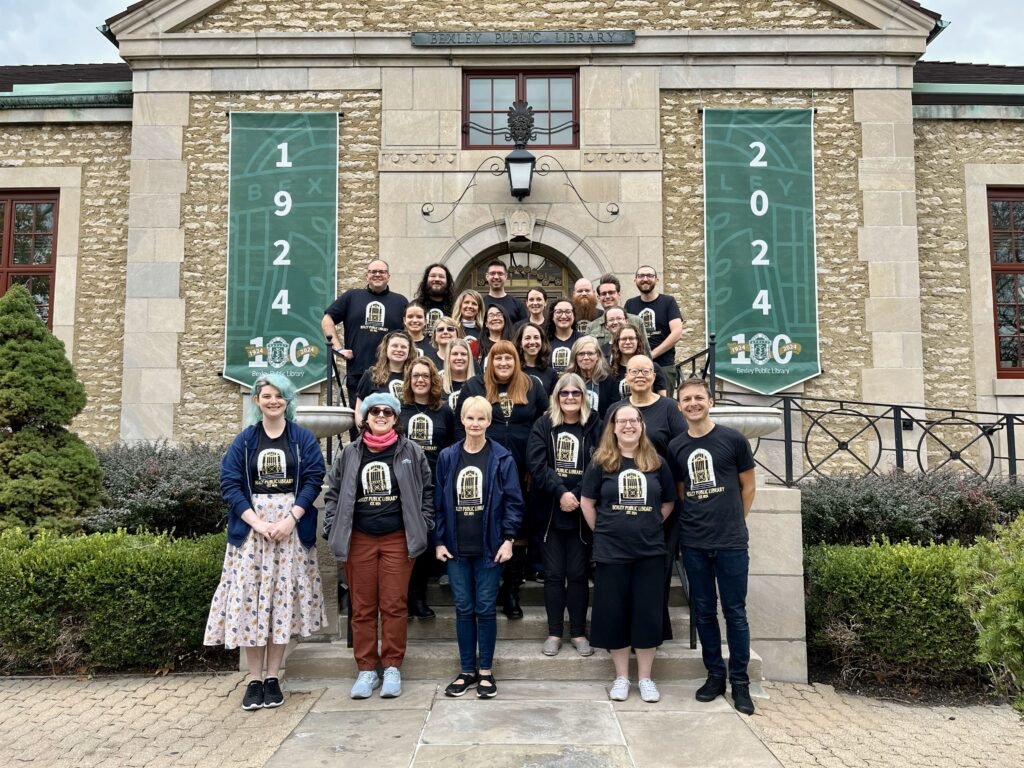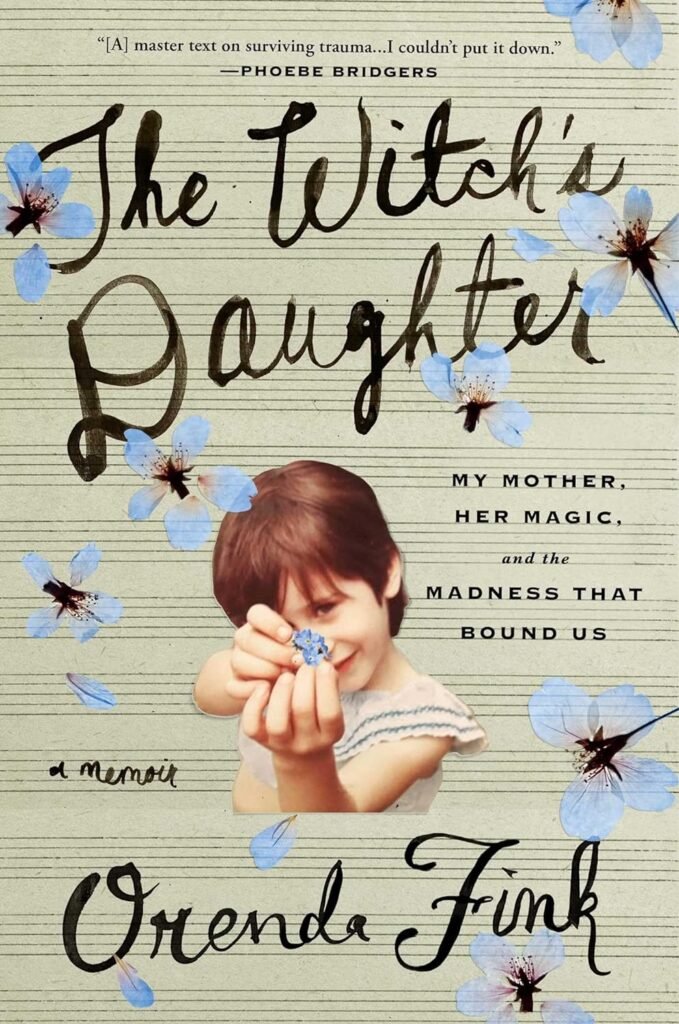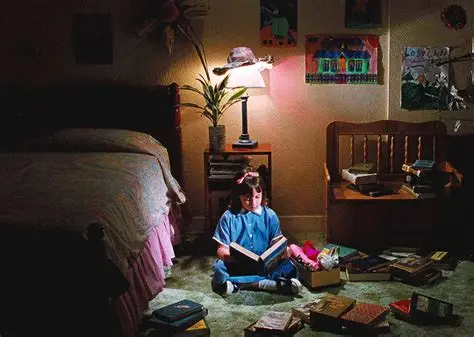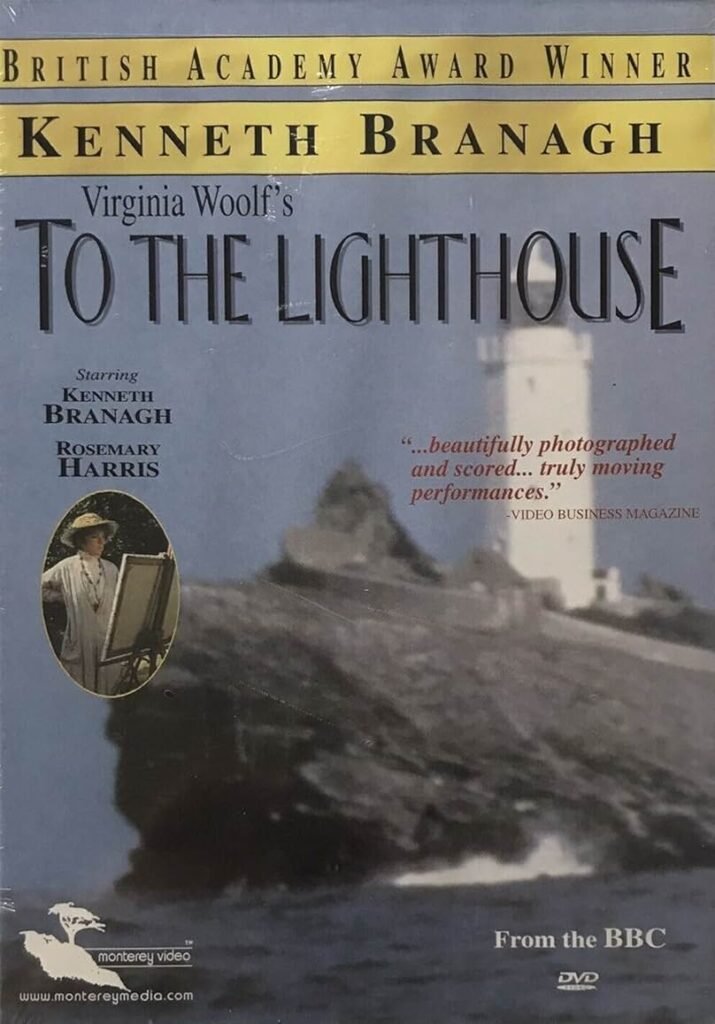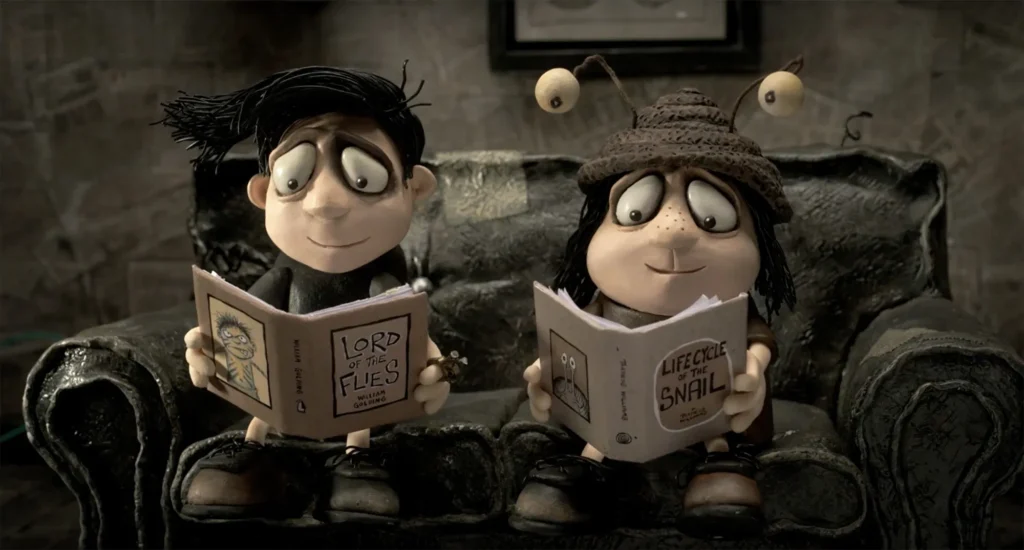by Public Service Associate Juliana
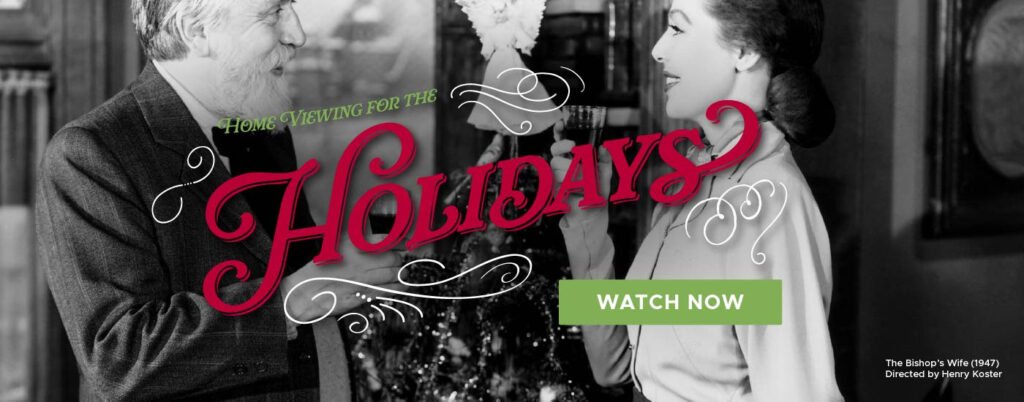
We’re heading into the second week of December and it’s time to get your watchlist in order! Kanopy recently rolled out their Home Viewing for the Holidays collection and I’m here to help you narrow it down.
Last year around this time I suggested Yuletide classics such as The Bishop’s Wife and The Holly & the Ivy.
This year I find myself compulsively drawn to films Kanopy categorizes with the tag, “Is it a Christmas movie?” I recently watched the independent film, Kisses, which I chose because I wanted to watch a coming-of-age film. I didn’t realize it takes place during Christmas, and I once I did, I realized I wanted more films in that vein — films set during the holidays but that aren’t really holiday themed. Everyone loves the Die Hard debate. Is it a Christmas movie, or not? It’s that type of film I’m seeking this year, films on the fringe of Christmas.
We all know the cinema we need leading up to the end of December, the ones we gravitate towards annually. Feast of the Seven Fishes, I’m looking at you. But what about the ones located in the periphery?
This list will allow you to indulge but in a way that’s holiday lite, or holiday adjacent. Sound like your vibe? I encourage you to consider the following.
“Is It a Christmas Movie?”
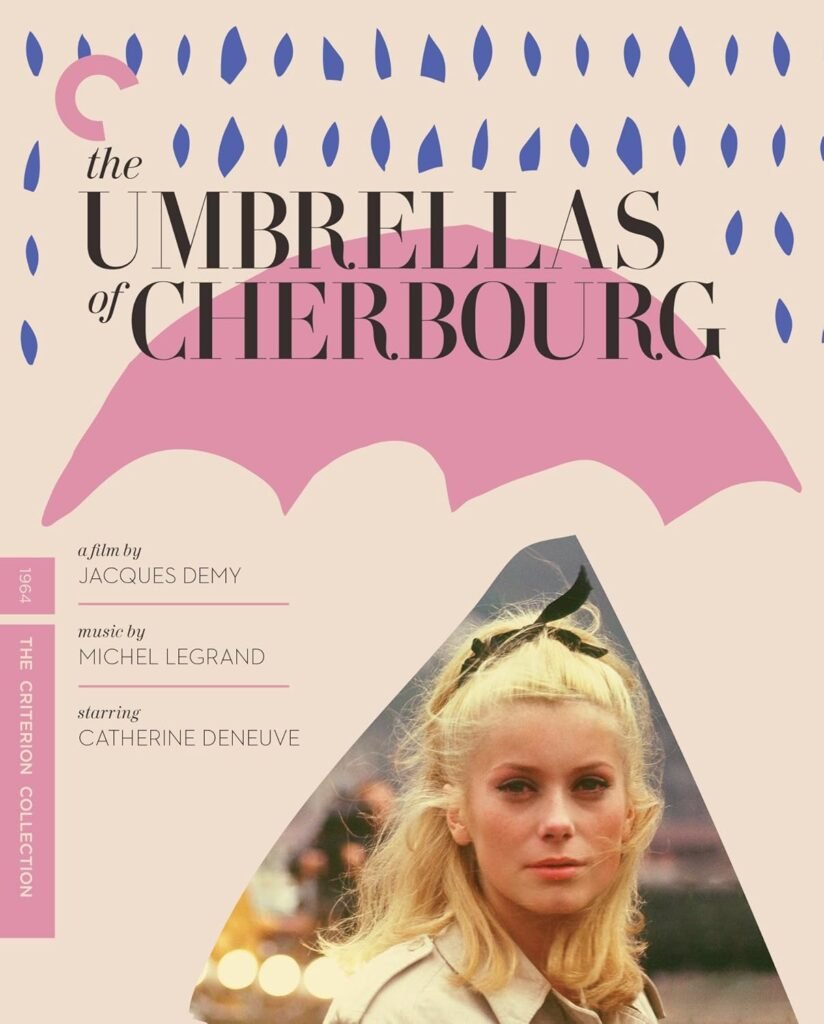
International
- Umbrellas of Cherbourg (2 tickets) “An angelically beautiful Catherine Deneuve was launched to stardom by this dazzling musical heart-tugger from Jacques Demy. Winner of the Palm d’Or at the 1965 Canes Film Festival.”
- Morvern Callar (2 tickets) “After her partner’s suicide, a mourning supermarket worker (two-time Oscar nominee Samantha Morton) and her best friend hit the road in Scotland. Cannes Film Festival winner. Official Selection at the Toronto International Film Festival.”
- Mon Onkle Antoine (2 tickets) “Called one of the greatest Canadian films of all time, the film captures a bittersweet portrait of rural life and loss. Winner of Best Feature Film, Best Performance by a Lead Actor, and Best Direction at the Canadian Film Awards.”
- Riders of Justice (2 tickets) “Markus begins to suspect his wife was murdered and embarks on a mission of revenge. Danish action comedy film, critically acclaimed.”
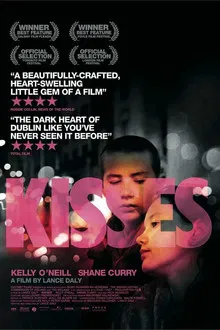
Independent
- Kisses “A darkling, modern-day fairy tale and lyrical coming-of-age story, Irish filmmaker Lance Daly’s 2008 film “KISSES” is a small gem.” – James Verniere, Boston Herald
- Tangerine (2 tickets) “Christmas Eve odyssey through subcultures of Los Angeles. Official Selection at the Sundance Film Festival.”
- New Year’s Day (2 tickets) “A man returns to his sublet apartment to find the previous tenants, three offbeat young women, still in residence with the belief they have the apartment until the end of New Year’s Day. From independent legend Henry Jaglom.”
- The Merry Gentlemen (2 tickets) “A dark, romantic character-driven drama directed by and starring Oscar-nominated actor Michael Keaton.”
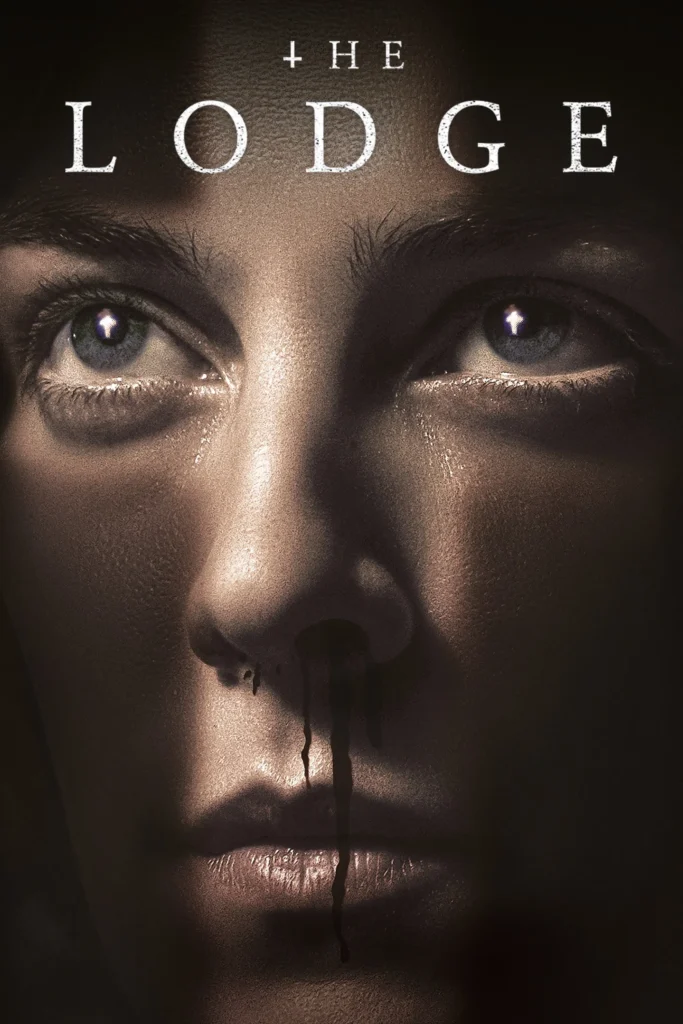
Horror & Thriller
- The Lodge (2 tickets) “In this atmospheric psychological horror, soon-to-be stepmother Grace (Riley Keough) retreats to a remote winter cabin with her fiancé’s two children (Jaeden Martell and Lia McHugh), only for eerie events and buried traumas to surface as they become snowed in.”
- The Dirty South (2 tickets) “When a ruthless, big shot (Dermot Mulroney) goes after the deed to her family’s bar, a bartender takes extreme measures to protect what is rightfully hers.”
- Ben Is Back (2 tickets) “Academy Award winner Julia Roberts and Academy Award nominee Lucas Hedges deliver powerful performances in this edge-of-your-seat thriller.”
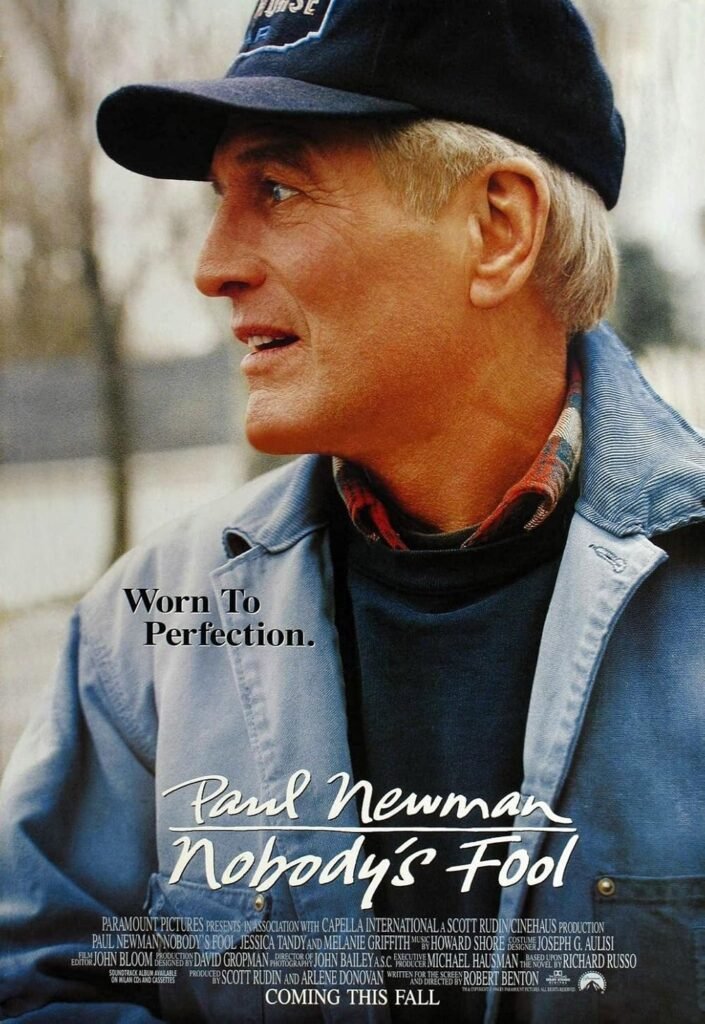
Comedy
- Nobody’s Fool (2 tickets) “Paul Newman earned an Oscar nomination plus Best Actor honors from the National Society of Film Critics and New York Film Critics Circle for his portrayal of Sully, a likeable working stiff who’s made a lifetime of bad decisions.”
- The Hudsucker Proxy (4 tickets) “With a nod to the rapid-fire movies of Frank Capra and Preston Sturges and lots of visual flair, filmmakers Joel and Ethan Coen (Fargo, The Big Lebowski) craft a comic “Hiya Bub!” to business success. You’ll love the Hud!”
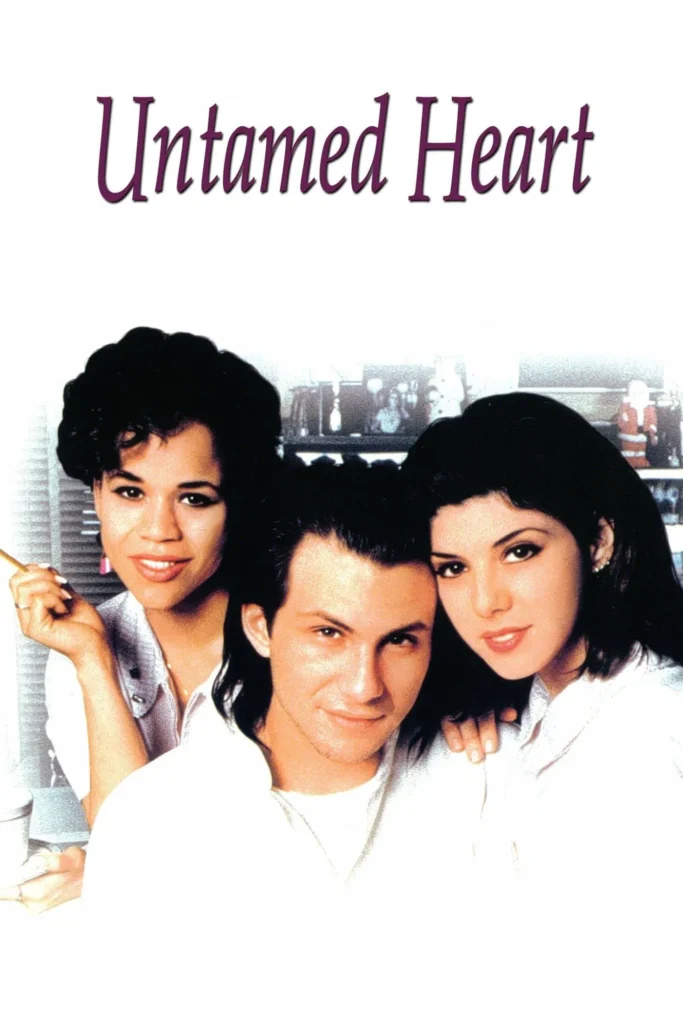
Romance
- Untamed Heart (4 tickets) “Adam rescues Caroline from a life-threatening situation on her walk home. Intrigued by her knight in shining armor, Caroline tenderly breaks through to his lonely world.”
- The Apartment (4 tickets) “Jack Lemmon and Fred MacMurray co-star in this Billy Wilder classic that would go on to win five Academy Awards including Best Picture, Best Director and Best Original Screenplay.”
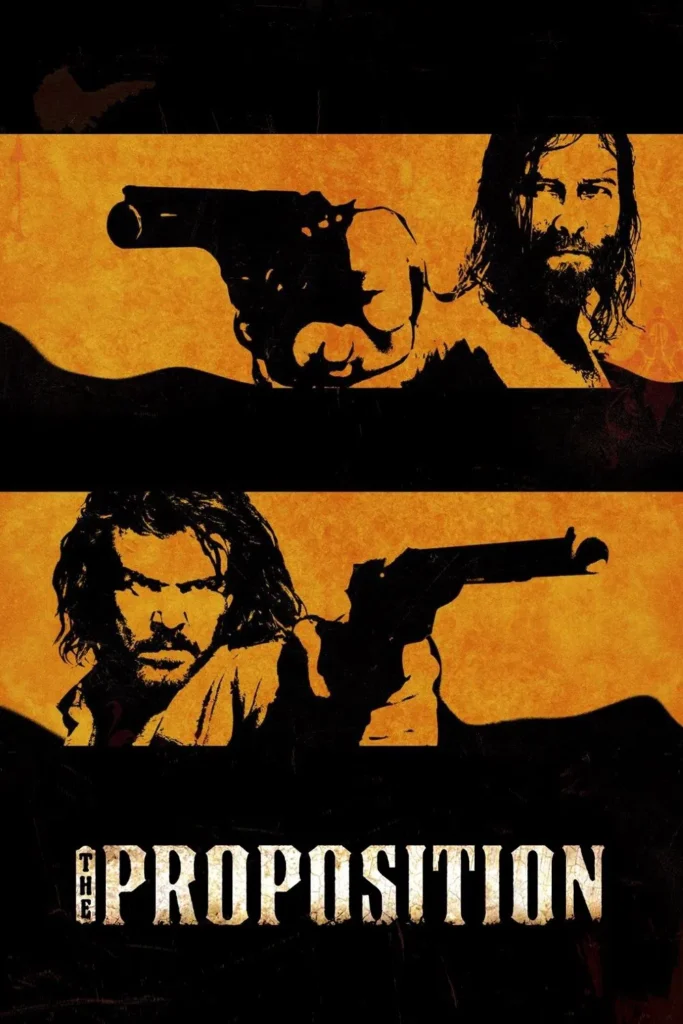
Western
- The Proposition (2 tickets) “In this gritty Western written by acclaimed songwriter Nick Cave, a lawman apprehends a notorious outlaw and gives him nine days to kill his older brother.”
- McCabe & Mrs. Miller (4 tickets) “A gambler and a prostitute go into business together in a grimy Western mining town as they cater to the vices of the morally bankrupt residents. But their success attracts notice by corporate interests that are too big and too ruthless for the pair to fight in this gritty romantic drama.”
Never used Kanopy before? It’s easy to set up an account with your library card. Sign up for an account today. You’ll love it.
